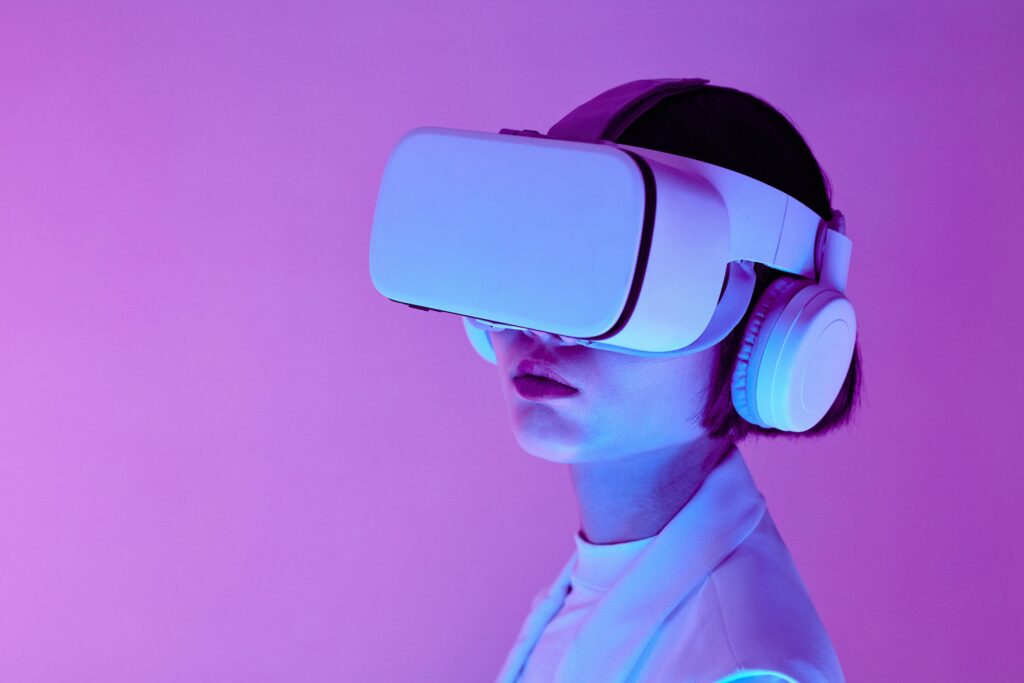In a world where smartphones once seemed revolutionary, we now stand at the edge of a new technological wave—one that blurs the lines between digital and physical, flexible and rigid, visible and invisible. The future of personal devices is no longer limited to sleeker phones and faster processors; it’s rapidly evolving into an ecosystem of foldable tech, augmented reality (AR) glasses, wearable displays, and AI-powered interfaces that redefine how we live, work, and interact with the world.
Let’s explore the leading-edge innovations and trends shaping the next chapter in personal technology.
📱 Foldable Tech: Flexible Screens, Expanding Potential
Once a sci-fi fantasy, foldable technology is now a commercial reality. Devices like the Samsung Galaxy Z Fold and Motorola Razr have proven that flexible OLED displays can offer both compact convenience and tablet-like expansiveness.
What Makes It Revolutionary?
- Dual-functionality: Foldables combine smartphone portability with tablet-level productivity.
- Multitasking potential: Split screens, drag-and-drop features, and seamless transitions between folded and unfolded modes create new ways to work and play.
- Durability improvements: As materials science evolves, so do crease-less screens and water-resistant foldables.
What’s Next?
- Tri-fold designs, rollable displays, and laptop-tablet hybrids are already in prototype stages.
- Tech giants like Google, Huawei, and Apple are exploring foldable laptops and even foldable smartwatches.
Foldables aren’t just novelties—they represent a step toward modular and adaptive personal computing.
👓 AR Glasses: Bringing the Digital Layer to Everyday Life
Augmented Reality (AR) glasses are set to become the next breakthrough in personal computing. Unlike bulky VR headsets, AR glasses overlay digital information onto the real world, enhancing our environment instead of replacing it.
What Can They Do?
- Real-time navigation: Directions appear right in your line of sight as you walk or drive.
- Instant translation: Text in foreign languages gets translated live on the lens.
- Hands-free notifications: See calls, messages, or calendar updates without picking up a phone.
- Spatial computing: Interact with virtual objects placed in your physical space.
Industry Leaders
- Apple Vision Pro (with its “spatial computing” emphasis), Meta’s Ray-Ban Smart Glasses, and Snap’s Spectacles are redefining what wearable tech can do.
- Startups like Nreal (now Xreal) and Magic Leap are focusing on lightweight, consumer-friendly devices.
The future of AR glasses lies in their integration with AI assistants, real-time cloud processing, and ultra-light, stylish designs that replace or complement traditional eyewear.
⌚ Wearables and Beyond: From Smartwatches to Skin-Tech
While smartwatches and fitness trackers are already mainstream, the next evolution of wearables pushes even further into intimacy, data accuracy, and always-on computing.
Innovations to Watch
- Smart rings: Devices like the Oura Ring and Ultrahuman Ring monitor sleep, activity, and stress with minimal form factor.
- Health-sensing patches: Biometric sensors that stick to your skin to track glucose levels, hydration, and heart rate in real time.
- Wearable displays: Lightweight projectors or micro-displays embedded in clothing or accessories.
Human-Machine Integration
- Neural interfaces, like those from Neuralink and Synchron, hint at a future where we control devices with thought.
- Biofeedback wearables may soon personalize your tech experience by responding to your mood, stress levels, or focus.
Wearables are becoming less visible and more intuitive, making personal tech feel like a natural extension of the body.
🤖 AI + Personal Devices: Your Tech, But Smarter
Behind these futuristic form factors is a powerful brain: Artificial Intelligence. Modern personal devices are not just connected—they’re learning.
- Context-aware assistants (like Siri, Alexa, and Google Assistant) are evolving into predictive, proactive companions.
- Edge computing allows devices to process complex tasks locally without relying on the cloud, preserving privacy and improving response time.
- Voice, gesture, and even emotion recognition will soon be the default modes of interaction.
The ultimate goal? A seamless, adaptive interface that understands your needs before you even reach for a screen.
🔮 What’s on the Horizon?
As these technologies mature, the lines between device categories will blur. We’re moving toward a future where:
- Smartphones may become invisible, embedded into glasses, rings, or even fabrics.
- Multisensory experiences (touch, sound, visual, and environmental feedback) provide immersive, intuitive interactions.
- Sustainability and modular design become crucial as consumers demand eco-friendly upgrades and repairable gadgets.
The device of the future won’t just sit in your pocket—it will surround you, adapt to you, and enhance every aspect of your daily life.
Final Thoughts
Foldable tech, AR glasses, and next-gen wearables are not just futuristic ideas anymore—they are the building blocks of a new digital lifestyle. As these innovations continue to evolve, they will fundamentally reshape how we connect with information, each other, and even ourselves.
The age of screens is transforming into the age of seamless, intelligent, and invisible computing. And that future? It’s unfolding right in front of us.



